Luis Felipe Gutiérrez
Phishing Detection through Email Embeddings
Dec 28, 2020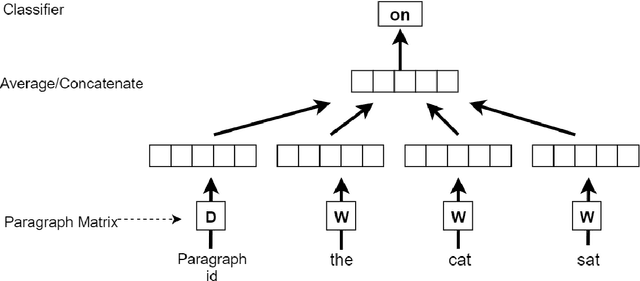
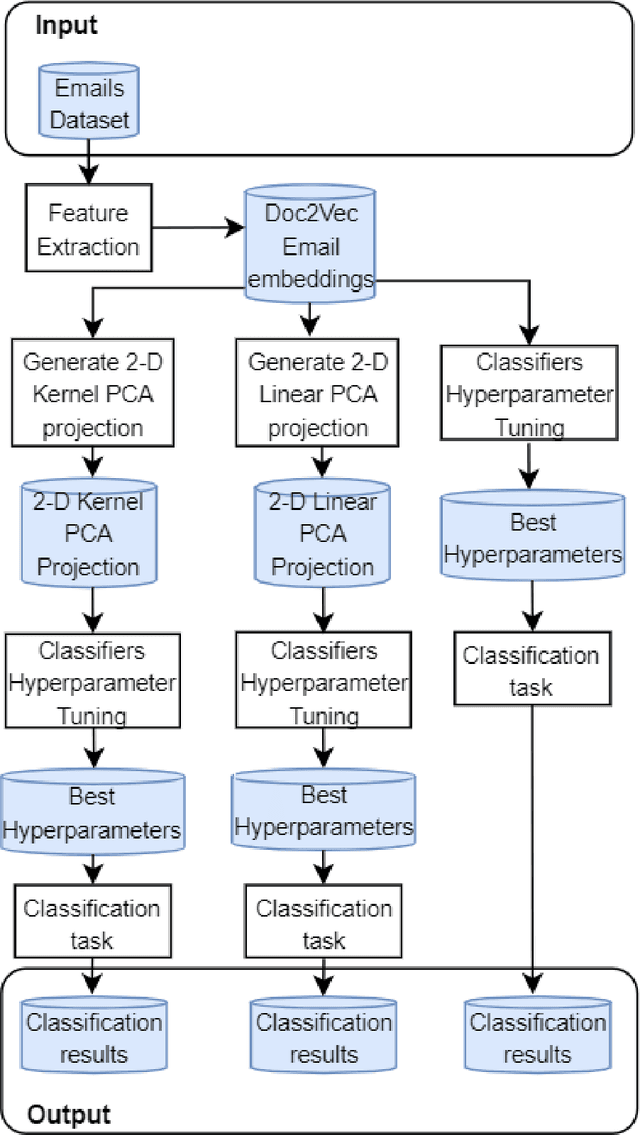
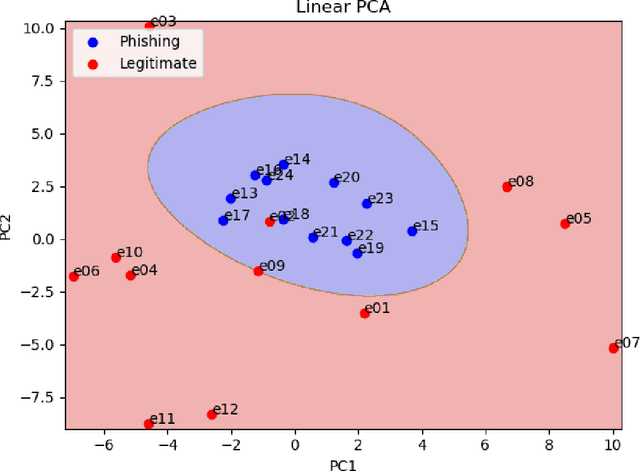
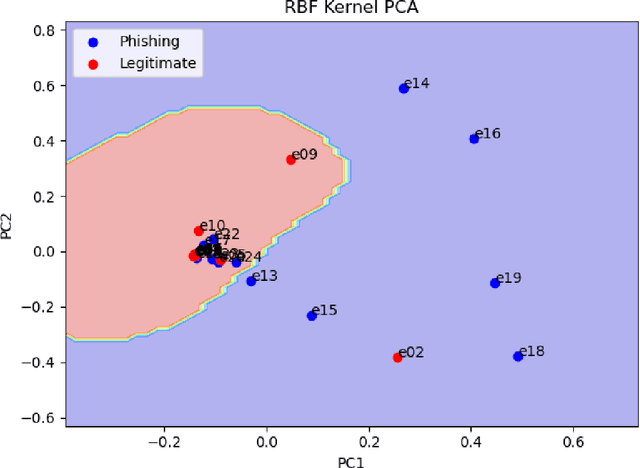
Abstract:The problem of detecting phishing emails through machine learning techniques has been discussed extensively in the literature. Conventional and state-of-the-art machine learning algorithms have demonstrated the possibility of building classifiers with high accuracy. The existing research studies treat phishing and genuine emails through general indicators and thus it is not exactly clear what phishing features are contributing to variations of the classifiers. In this paper, we crafted a set of phishing and legitimate emails with similar indicators in order to investigate whether these cues are captured or disregarded by email embeddings, i.e., vectorizations. We then fed machine learning classifiers with the carefully crafted emails to find out about the performance of email embeddings developed. Our results show that using these indicators, email embeddings techniques is effective for classifying emails as phishing or legitimate.
Predicting Emotions Perceived from Sounds
Dec 04, 2020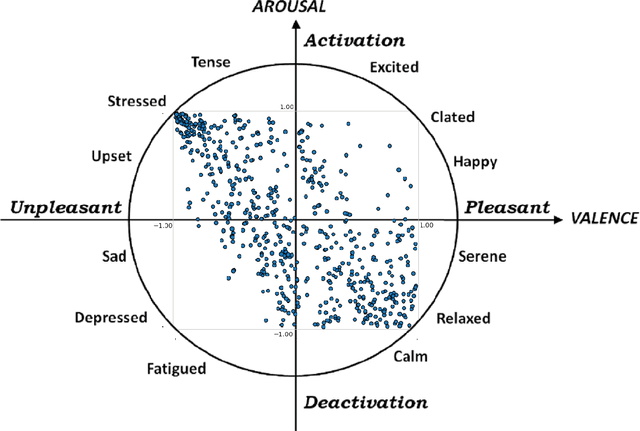

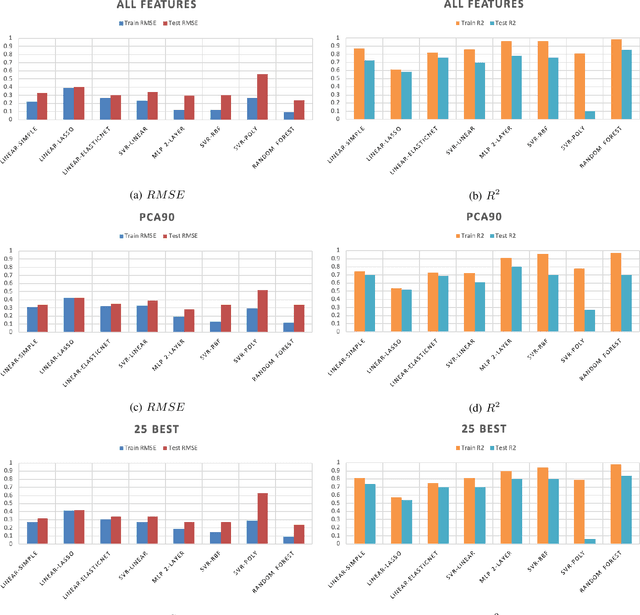
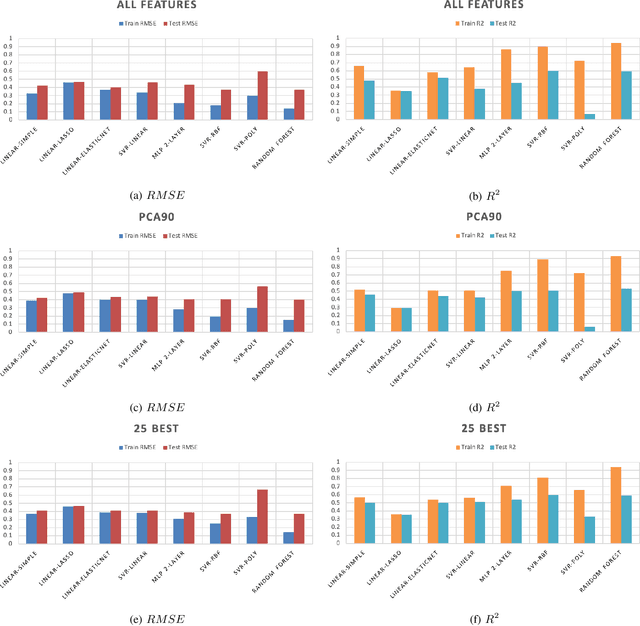
Abstract:Sonification is the science of communication of data and events to users through sounds. Auditory icons, earcons, and speech are the common auditory display schemes utilized in sonification, or more specifically in the use of audio to convey information. Once the captured data are perceived, their meanings, and more importantly, intentions can be interpreted more easily and thus can be employed as a complement to visualization techniques. Through auditory perception it is possible to convey information related to temporal, spatial, or some other context-oriented information. An important research question is whether the emotions perceived from these auditory icons or earcons are predictable in order to build an automated sonification platform. This paper conducts an experiment through which several mainstream and conventional machine learning algorithms are developed to study the prediction of emotions perceived from sounds. To do so, the key features of sounds are captured and then are modeled using machine learning algorithms using feature reduction techniques. We observe that it is possible to predict perceived emotions with high accuracy. In particular, the regression based on Random Forest demonstrated its superiority compared to other machine learning algorithms.
 Add to Chrome
Add to Chrome Add to Firefox
Add to Firefox Add to Edge
Add to Edge